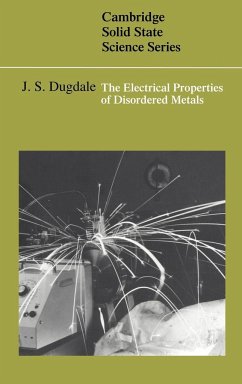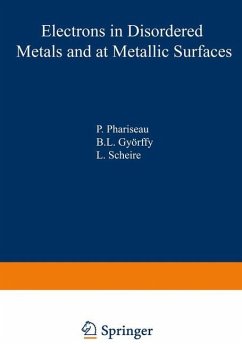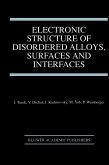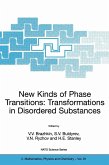The theory of how metals conduct electricity has, until recently, been confined to metals that are crystalline with the constituent atoms in regular arrays. The discovery of how to make solid amorphous alloys led to an explosion of measurements of the electronic properties of these new materials, and the emergence of a range of interesting low-temperature phenomena. The book describes in physical terms the theory of the electrical conductivity, Hall coefficient, magnetoresistance and thermopower of disordered metals and alloys. The author begins by showing how conventional Boltzmann theory can be extended and modified when the mean free path of the conduction electrons becomes comparable with their wavelength and interionic separation. The consequence of this is explored and the theory tested by application to experimental data on metallic glasses. Designed as a self-contained review, the book will appeal to non-specialist physicists, metallurgists and chemists with an interest in disordered metals.
Hinweis: Dieser Artikel kann nur an eine deutsche Lieferadresse ausgeliefert werden.
Hinweis: Dieser Artikel kann nur an eine deutsche Lieferadresse ausgeliefert werden.








